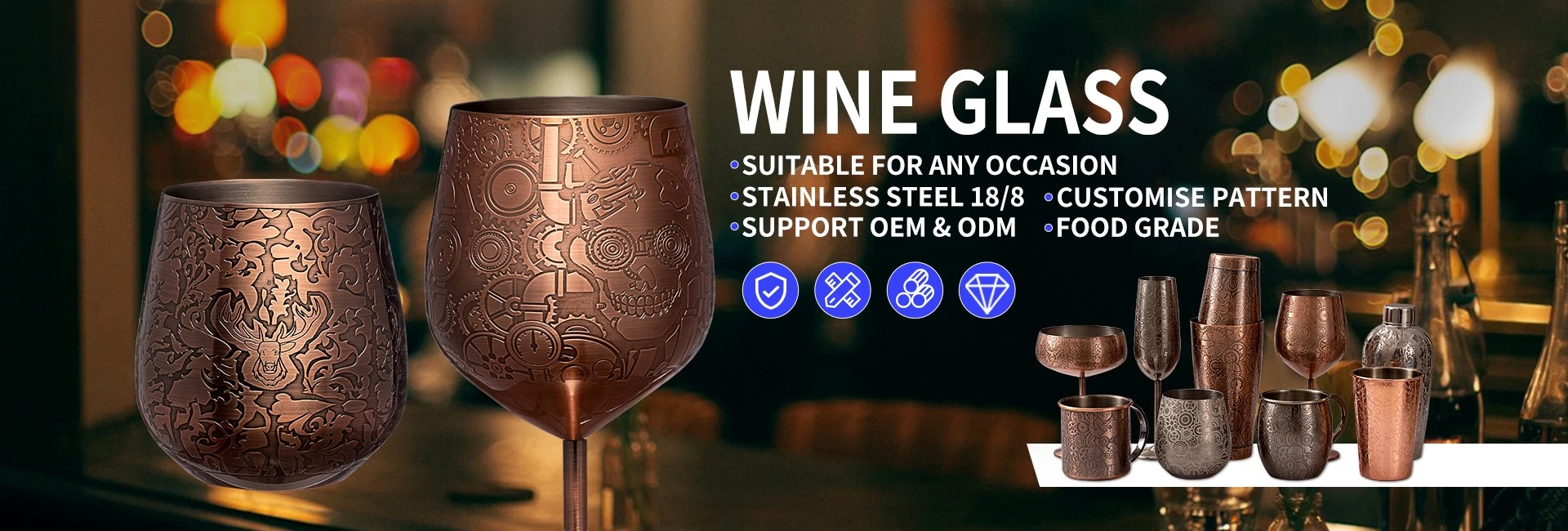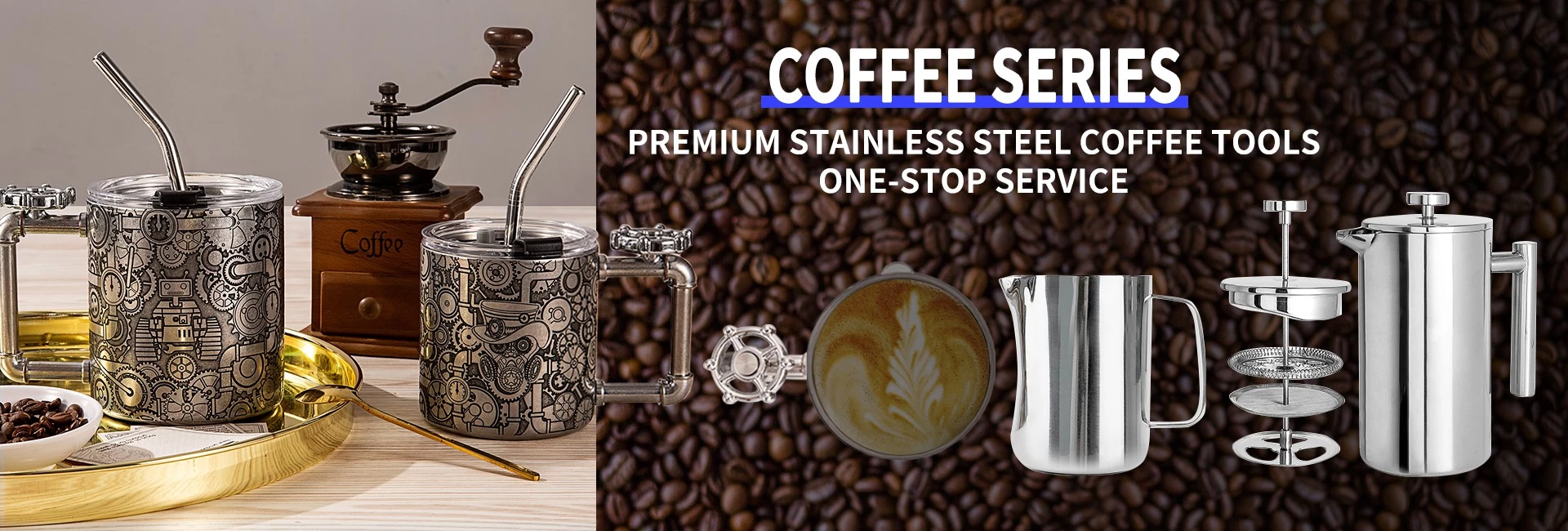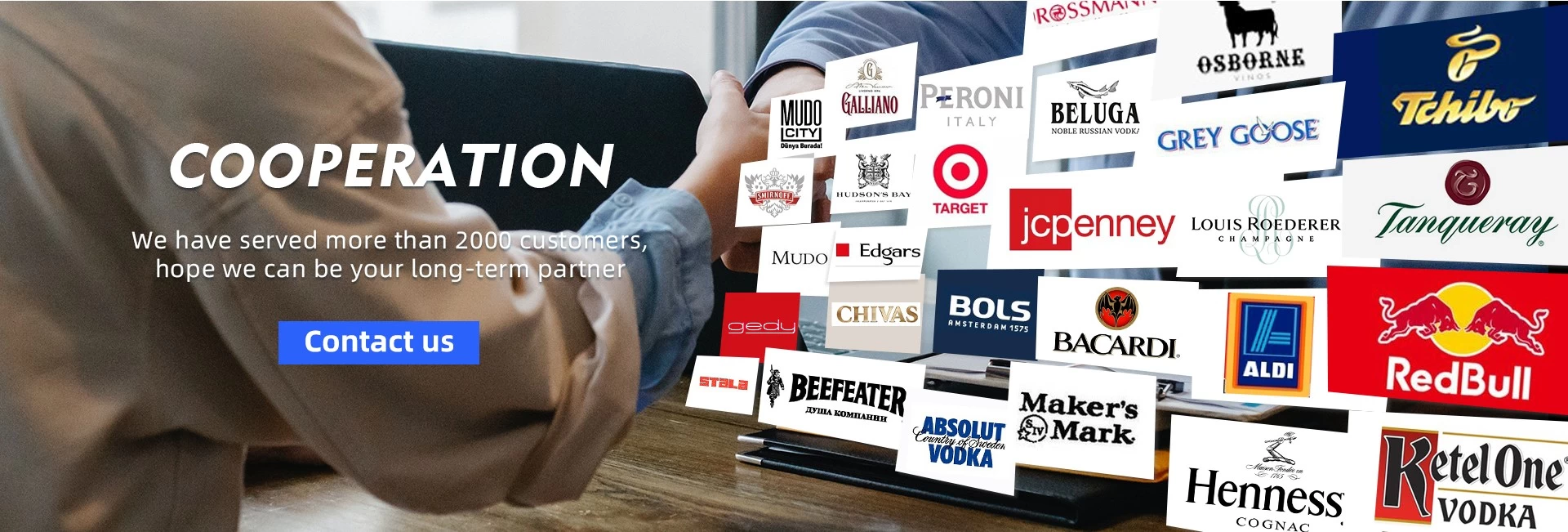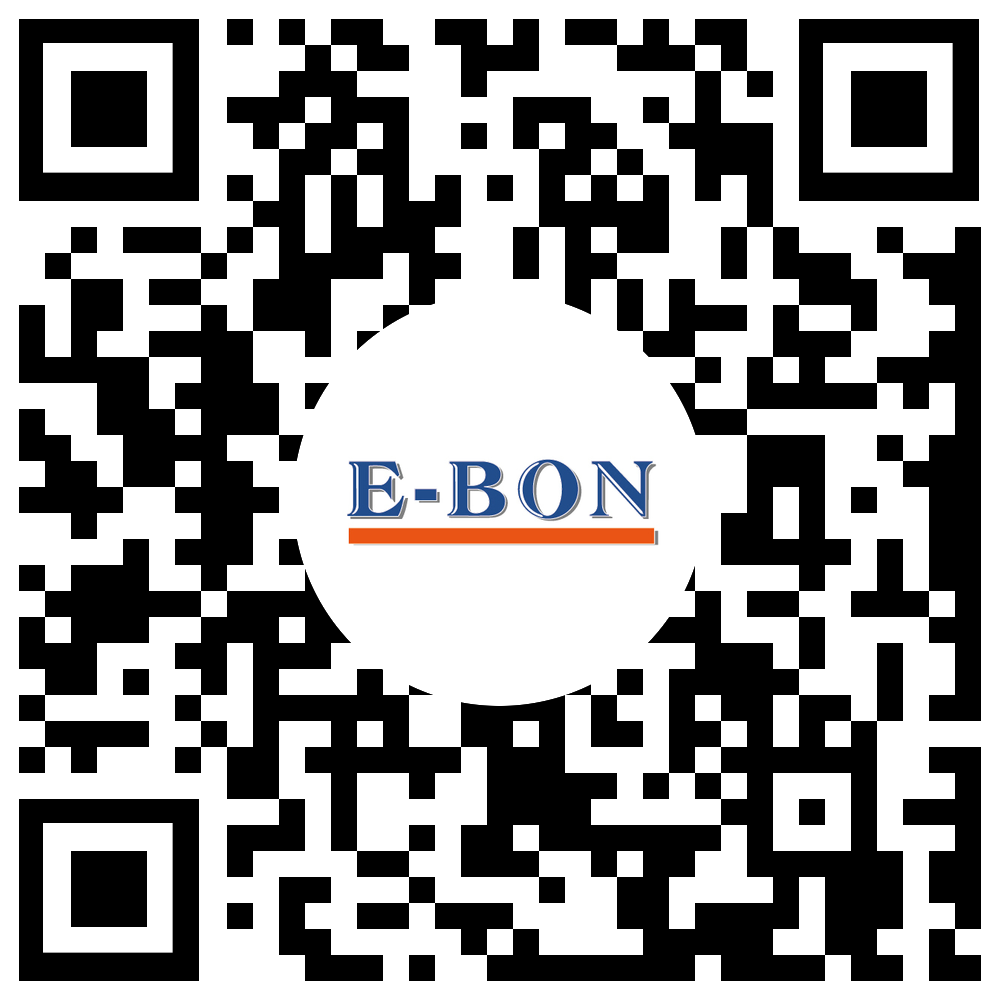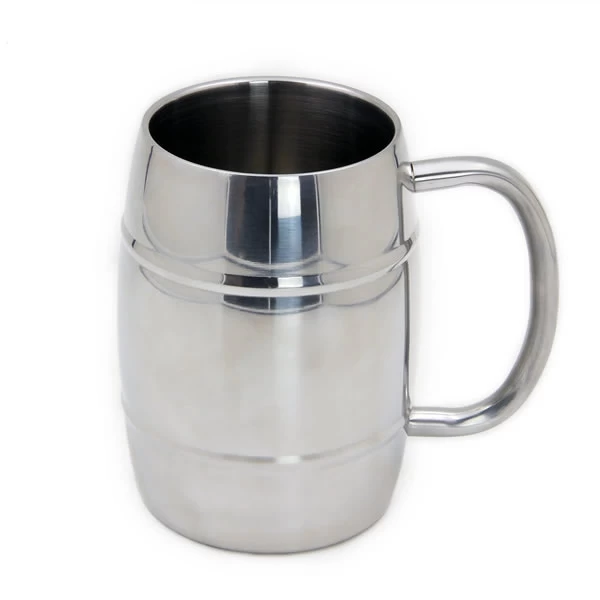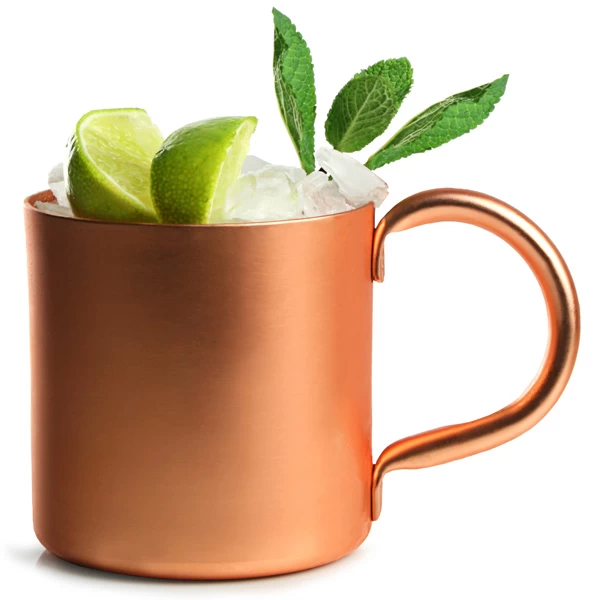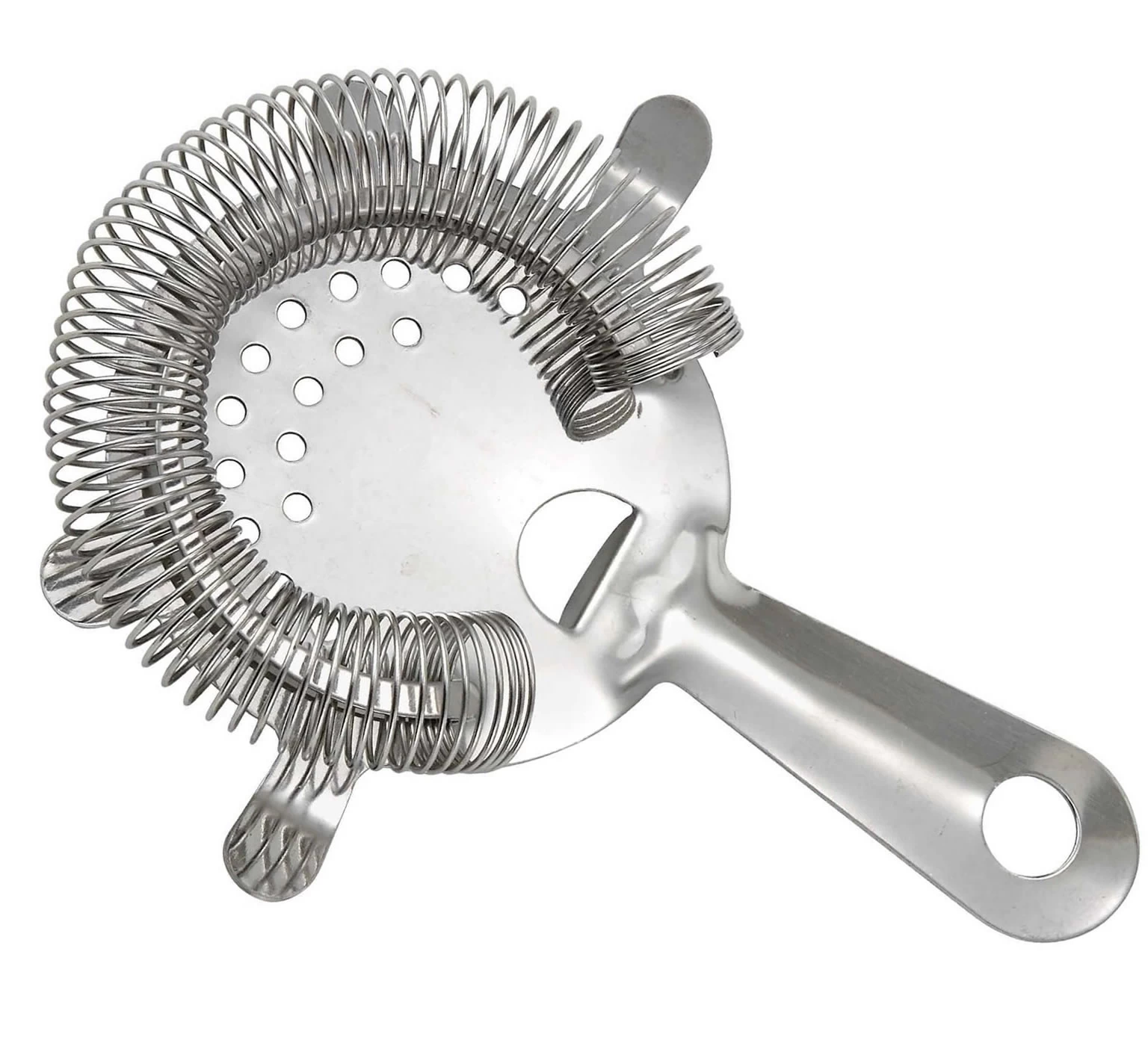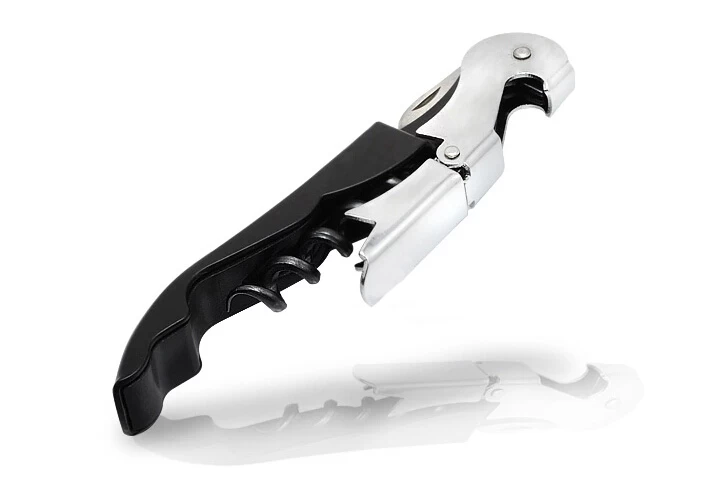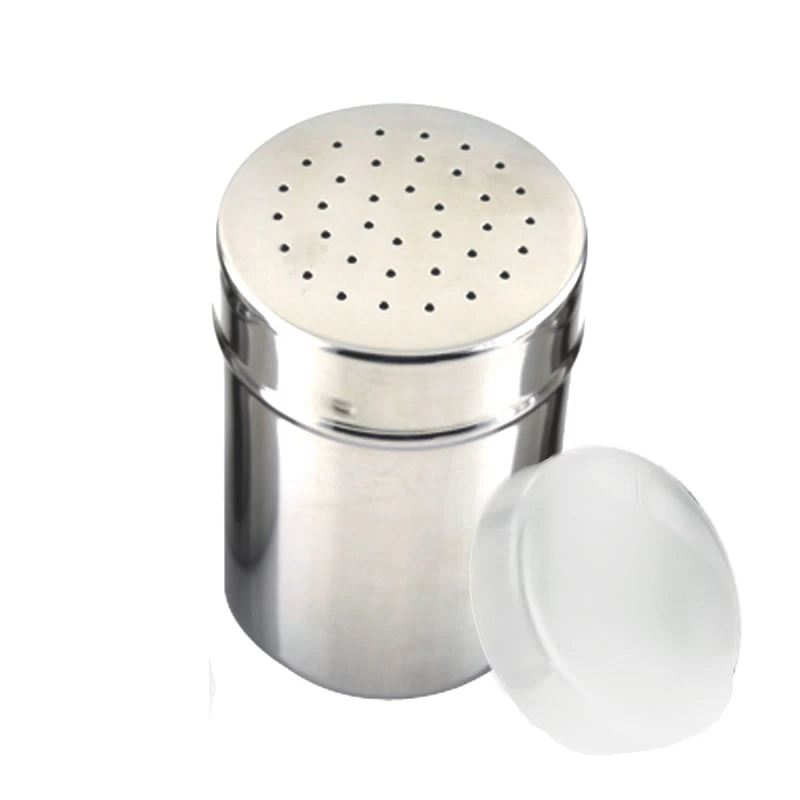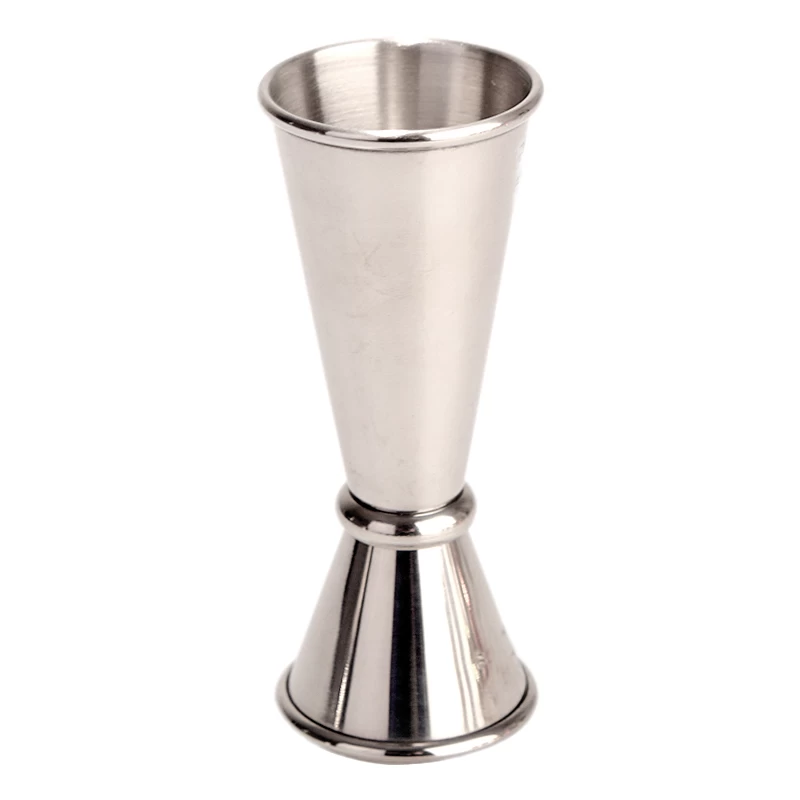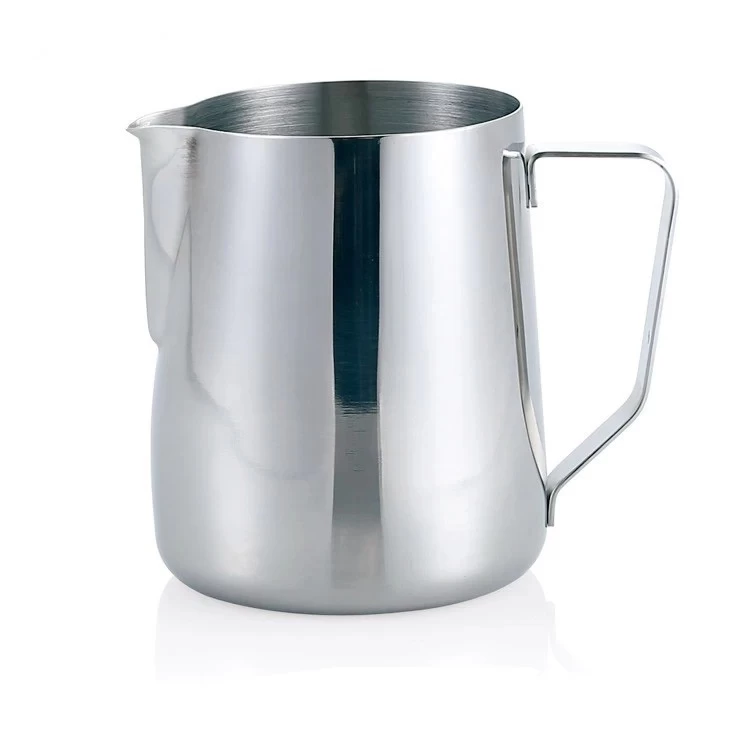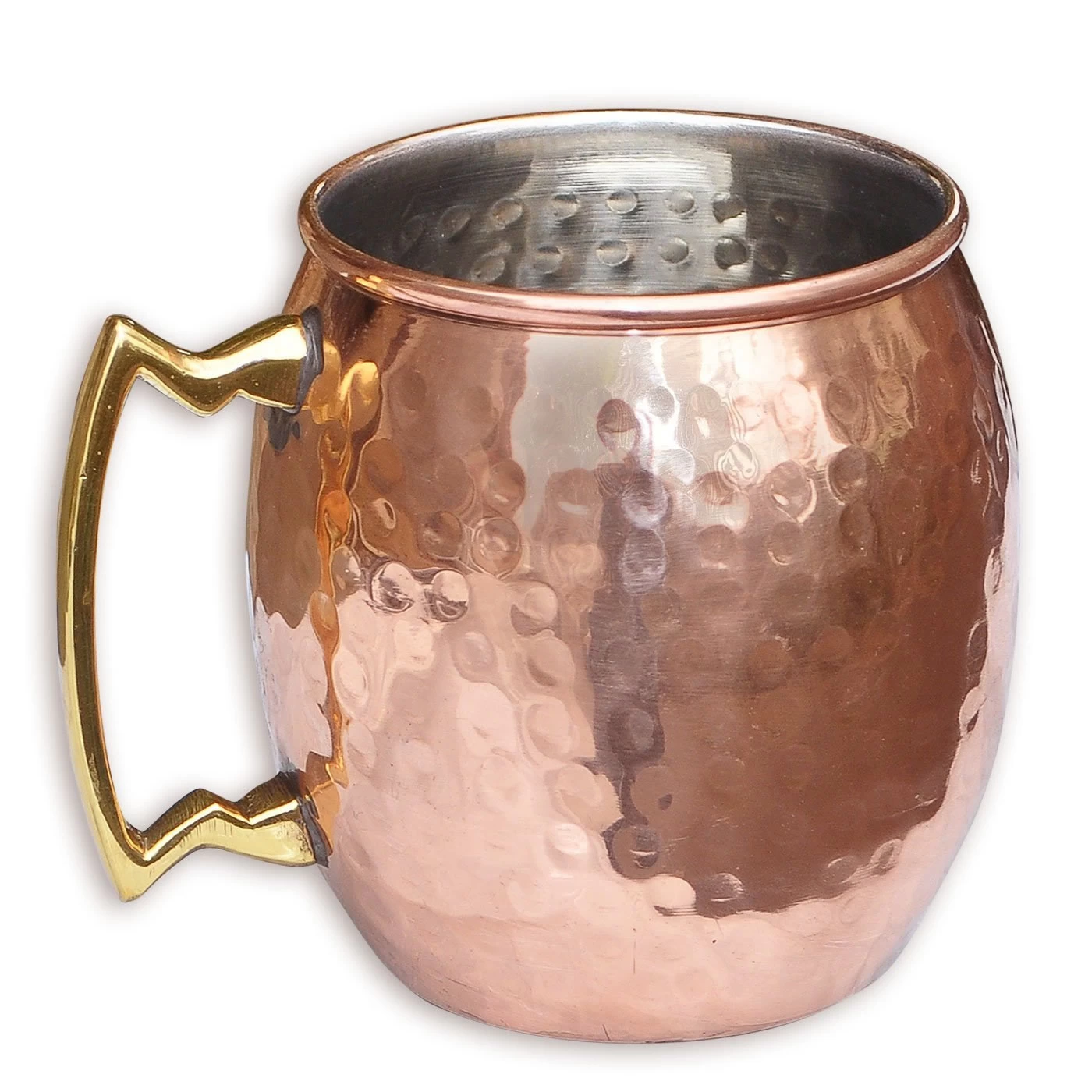The microstructure and properties of stainless steel 4
E-BON
E-BON
2017-12-22 12:48:48
5.The addition of titanium or niobium in stainless steel is to prevent intergranular corrosion. E-BON the most excellent stainless steel company, which provide you with oem Stainless Steel BBQ Set.
6. molybdenum and copper can improve the corrosion resistance of some stainless steel.
7.Influence the microstructure and mechanical properties. stainless steel on the other elements
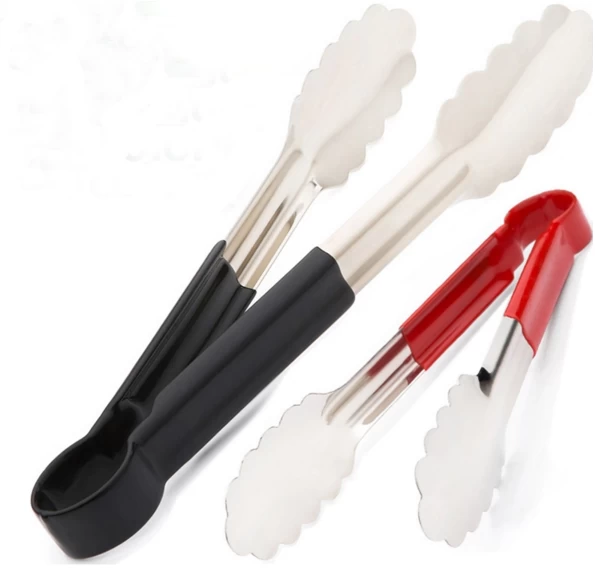 The above nine main elements have influence on the performance and structure of stainless steel. Besides these elements which have great influence on the properties and structure of stainless steel, there are also some other elements in stainless steel. Some are common impurities, such as silicon, sulphur, phosphorus, etc., as well as ordinary steel. Some are added for some specific purposes, such as cobalt, boron, selenium and rare earth elements. In terms of the main properties of the corrosion resistance of stainless steel, these elements are non main aspects compared with the nine elements discussed. However, they can not be completely ignored, because they also affect the performance and structure of stainless steel.
The above nine main elements have influence on the performance and structure of stainless steel. Besides these elements which have great influence on the properties and structure of stainless steel, there are also some other elements in stainless steel. Some are common impurities, such as silicon, sulphur, phosphorus, etc., as well as ordinary steel. Some are added for some specific purposes, such as cobalt, boron, selenium and rare earth elements. In terms of the main properties of the corrosion resistance of stainless steel, these elements are non main aspects compared with the nine elements discussed. However, they can not be completely ignored, because they also affect the performance and structure of stainless steel.
Silicon is an element that forms ferrite and is a common impurity element in the general stainless steel. E-BON the stainless steel specialist, manual coffee grinder manufacturer china.
Cobalt as an alloying element in steel application is not much, this is because of the high price of cobalt in other aspects (such as high-speed steel, hard alloy, cobalt base alloy, magnetic steel or hard magnetic alloys etc.) there are more important things. In general the stainless steel plus cobalt alloy elements are not many, the commonly used stainless steel such as 9Crl7MoVCo steel (including 1.2-1.8% plus cobalt, cobalt) does not aim to improve the corrosion resistance and hardness is to improve, because the main purpose of this section is made of stainless steel mechanical cutting tool, scissors and scalpel blade etc..
B: high chromium ferritic stainless steel Crl7Mo2Ti with 0.005% boron, the resistant corrosion resistance improved in boiling 65% acetic acid. The addition of a small amount of boron (0.0006~0.0007%) can improve the thermal plasticity of austenitic stainless steel. Due to the formation of low melting eutectic, a small amount of boron increases the tendency to produce hot cracks when welding austenitic steel, but with more boron (0.5~0.6%), it can prevent the occurrence of hot cracks. Because when the boron containing 0.5~0.6% is formed, the austenite boride two phase structure is formed, which reduces the melting point of the weld. The solidification temperature of molten pool is lower than the half melted zone, the parent material caused by the cooling by liquid solid. Zhang Yingli, in weld metal under, at this time is not the cause of cracks, even in the near weld zone of crack formation, also can be in liquid - solid molten metal by filling. Chromium nickel austenitic stainless steel with boron has a special use in the atomic energy industry.
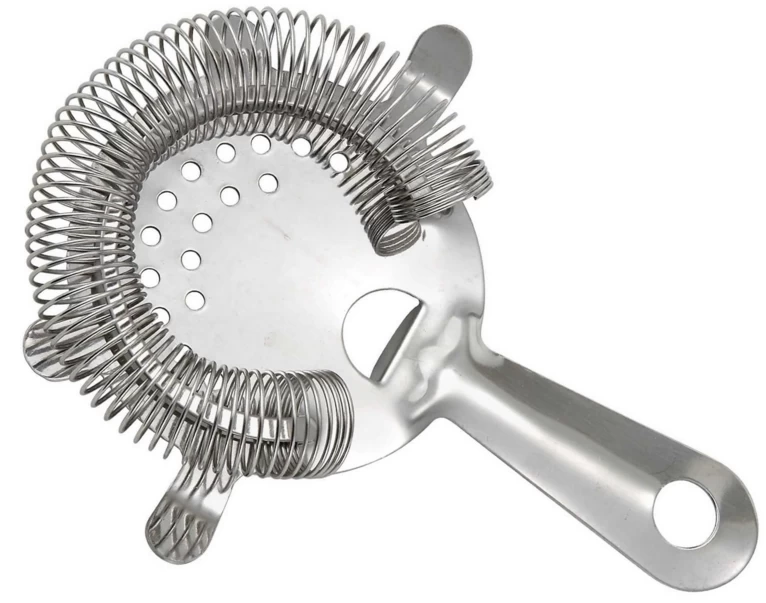
6. molybdenum and copper can improve the corrosion resistance of some stainless steel.
7.Influence the microstructure and mechanical properties. stainless steel on the other elements

Silicon is an element that forms ferrite and is a common impurity element in the general stainless steel. E-BON the stainless steel specialist, manual coffee grinder manufacturer china.
Cobalt as an alloying element in steel application is not much, this is because of the high price of cobalt in other aspects (such as high-speed steel, hard alloy, cobalt base alloy, magnetic steel or hard magnetic alloys etc.) there are more important things. In general the stainless steel plus cobalt alloy elements are not many, the commonly used stainless steel such as 9Crl7MoVCo steel (including 1.2-1.8% plus cobalt, cobalt) does not aim to improve the corrosion resistance and hardness is to improve, because the main purpose of this section is made of stainless steel mechanical cutting tool, scissors and scalpel blade etc..
B: high chromium ferritic stainless steel Crl7Mo2Ti with 0.005% boron, the resistant corrosion resistance improved in boiling 65% acetic acid. The addition of a small amount of boron (0.0006~0.0007%) can improve the thermal plasticity of austenitic stainless steel. Due to the formation of low melting eutectic, a small amount of boron increases the tendency to produce hot cracks when welding austenitic steel, but with more boron (0.5~0.6%), it can prevent the occurrence of hot cracks. Because when the boron containing 0.5~0.6% is formed, the austenite boride two phase structure is formed, which reduces the melting point of the weld. The solidification temperature of molten pool is lower than the half melted zone, the parent material caused by the cooling by liquid solid. Zhang Yingli, in weld metal under, at this time is not the cause of cracks, even in the near weld zone of crack formation, also can be in liquid - solid molten metal by filling. Chromium nickel austenitic stainless steel with boron has a special use in the atomic energy industry.
If you want to get more information about E-BON, you can click China Stainless steel Barware factory.



